“NieR:Automata Ver1.1a”: Producer Opens Up About Her Passion for the Original Work and How She Poured Her Heart and Soul Into the Anime Adaptation [Part 1 of 2]
2024.08.16
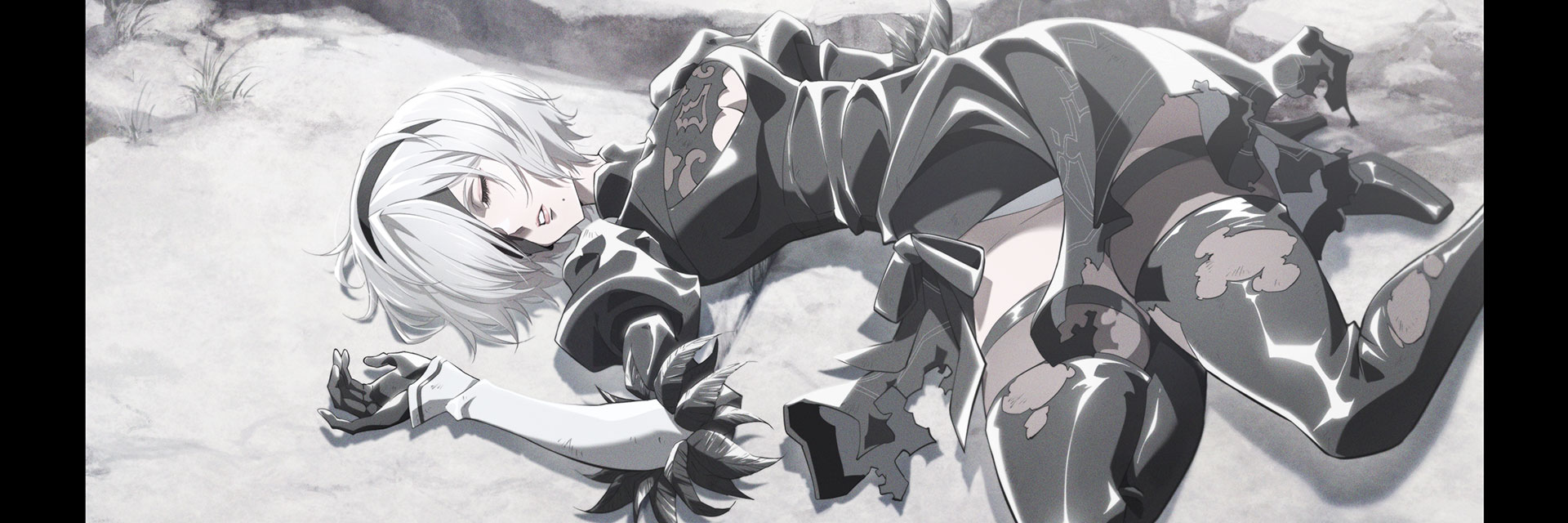

2024.08.16
“NieR:Automata Ver1.1a” is an anime work based on “NieR:Automata,” a smash-hit action role-playing game. The first cour of the series was aired in 2023 and created a buzz for its visuals and music that successfully recreated the beautiful world of the game.
The source game features a world of androids and their story centered around the perpetual cycle of life and death. Aniplex Inc.’s Miho Matsumoto led the planning of the anime version. Matsumoto, a passionate fan of the original game, serves as the producer of the anime. We asked her what she sees as the highlights of the second cour of “NieR:Automata Ver1.1a,” as well as her thoughts on its making and how she poured her heart and soul into its production.
※The original Japanese article appeared on July 5, 2024.
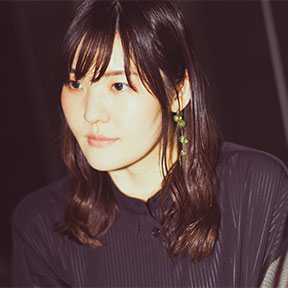
Miho Matsumoto
Aniplex Inc.
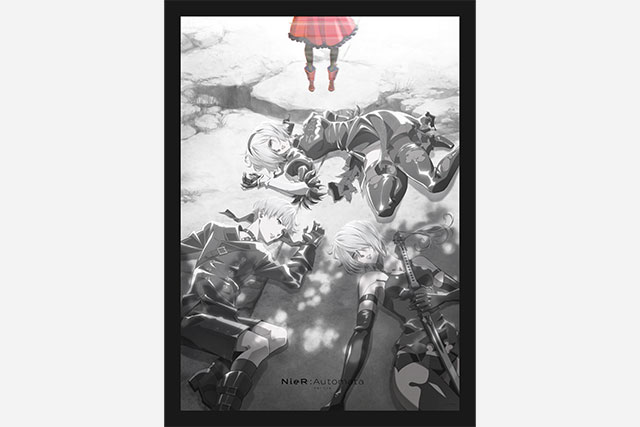
"NieR:Automata Ver1.1a" is a TV anime series adapted from “NieR:Automata,", an action role-playing game produced by SQUARE ENIX CO., LTD. and developed by PlatinumGames Inc. in 2017. Set in a postapocalyptic world, the story depicts the battle between “mechanical life forms,” or weapons created by aliens, and the “YoRHa” force comprised of android soldiers created by humans. The first cour of the anime began airing in January 2023. It was produced by A-1 Pictures Inc., a studio that produced animation for “Sword Art Online” and “Lycoris Recoil.” The production staff includes YOKO TARO, who served as director, and MONACA, who served as the music producer for both the original game and the anime adaptation. The second cour will begin airing on Friday, July 5.
Click here to view the second part of this article:“NieR:Automata Ver1.1a”: Producer Opens Up About Her Passion for the Original Work and How She Poured Her Heart and Soul Into the Anime Adaptation [Part 2 of 2]
――This anime is based on “NieR:Automata,” a game that went on sale in 2017. When did you learn about it?
“NieR:Automata” was launched in February 2017, and I knew it created a buzz as soon as it went on sale. The problem is, I am the type that tends to get carried away and forgets about the time once I begin playing a game (laughs). So at that time, an anime production project kept me busy and I was determined not to play any games.
A short time later, that anime project was completed and I was finally ready to play a game, and I picked up “NieR:Automata.” And then I got completely hooked on it (laughs).
Both the story and the action of the game were interesting. On top of that, I came to know that “NieR:Automata” was the continuation of a series that started some time ago. I was disappointed in myself for not knowing about the series sooner. So I ran out to get “NieR Replicant,” the preceding title in the series.
I even stayed up all night to finish the last part of “NieR Re[in]carnation,” a smartphone version of the game. I loved all of the titles in the series.
――So you had been a game enthusiast yourself.
Yes, games have been a part of me since I was in elementary school (laughs). Action role-playing games are the genre I’ve played the most.
――When did the project to create the anime adaptation of “NieR:Automata” begin?
I think it was in late 2017. Someone I knew introduced me to Yosuke Saito, the producer for the “NieR” series (SQUARE ENIX CO., LTD. Director and Executive Officer), and that was what led to the project.
So I first introduced myself and said to him, “I really love ‘NieR’ and I really want to create some kind of a TV, film, or short movie adaptation out of it.” Saito-san was quick to say, “Oh, then, do you want to meet YOKO [TARO]-san [who is the creative director for the ‘NieR’ series]?” He went on to set up an opportunity for me to talk with him.
That was when I made the proposal for an anime version, but I knew the “NieR” series had already established a complete world in the game format. So, honestly, I was bracing for a response like, “It’s going to be difficult to make it into an anime adaptation,” which seemed likely.
But instead he simply said: “I’ll let you think about it some more so come back to me later with your ideas.” So I took action very early that way. That said, it took some time before we finally settled on the production studio and began the actual production process in earnest.
――What did you want the animated version of “NieR:Automata” be like?
The “NieR:Automata” game has multiple endings, so it’s difficult to get the entire picture only by completing it once. On top of that, there are novelized books and comic books based on the game, as well as a play and musical drama by YOKO-san. So there are a lot of derivative works.
All of them are very interesting and each has its own unique appeal that you cannot experience if you only played the game. So I thought it would be interesting to create an anime adaptation that contains all these different types of appeal. I told this idea to YOKO-san and his colleagues from the get go.
――I see you had such a detailed vision from the beginning. I would imagine your proposal ended up as a very thick document, didn’t it?
Well, no, I didn’t take any document when I first met him (laughs). I only had my passion for turning it into an anime when I visited their office, so I didn’t have anything to take with me, not even a proposal. It was after he asked me to think up ideas that I put together a proposal document and explained it to my then-boss at Aniplex. Actually, it was more like an after-the-fact report really, like, “So we have progressed this far!” (laughs). By the way, I remember being really excited and passionate in explaining how great “NieR:Automata” was because my boss had never played it.
――You said “It took awhile before we...began the actual production process in earnest.” Does that mean you went through twists and turns before you settled on A-1 Pictures as the production studio?
We contacted many studios and offered them the job, but at first we couldn’t find any that readily accepted it because there are many action scenes in “NieR:Automata” and it features complex ways of presenting them.
Then, I mentioned “NieR:Automata” to Shota Fujii, an A-1 Pictures producer who I was working with on a separate project. It turns out he had seen a video of “NieR:Automata” being played, which led him to be interested in my idea.
Still, it took a long time before A-1 Pictures could find time for our project as they were busy doing so many other projects. In the end, we were able to get on board with A-1 Pictures for the production work and Fujii-san as the animation producer.
――What circumstances led you to enlist Ryoji Masuyama to direct the anime?
A-1 Pictures recommended him. Fujii-san had worked with Masuyama-san to create a work called “Blend-S.” “Blend-S” is a slice-of-life sort of work, but it turned out action anime is also a strong area for Masuyama-san. So I went to see him.
But Masuyama-san rarely plays games, and it would be the first time for him to play a game since he was in elementary or middle school. Still, he had at least heard the name “NieR:Automata” and had known “2B,” the name of a character in it.
So I let him play the game. Then he said to me, “Let me do the directing!” He then intently read the derivative works and materials on the game’s setting. He also watched an episode of an online streaming program that featured YOKO-san and other members of the staff for the original game. So he studied the work from many angles. I really believe it was Masuyama-san’s passion that helped make the anime a truly great one.
――I understand Director Masuyama was so passionate about the work he even ordered novelty goods and T-shirts for the staff out of his own pocket while the production work was underway.
Yes, he did. Masuyama-san took the work very seriously. He attached importance on communicating with members of the staff he was working with. He asked me if he could make T-shirts for the staff to make their work enjoyable and to express his gratitude to them. I encouraged him to do it.
――Could you talk about the staff members who are working with Director Masuyama on the anime production?
Jun Nakai, who designed the characters, was a fan of the original game from the beginning. In the main anime work, Director Masuyama and Nakai-san were working together to check the minute details and make elaborate tweaks. They gave the visual elements amazing finishing touches especially to characters such as 2B (YoRHa No. 2 Type B) and 9S (YoRHa No. 9 Type S).
I remember them being especially particular about how the eyes, eyelashes and lips were drawn. Satsuki Takahashi, who we enlisted for direction duties, is also a fan of the original game. She gave very elaborate finishing touches to sequences added from other titles in the series and the ways they are presented.
――YOKO TARO, the game creator for the original title shared the head writer duties with Director Masuyama for the production of the anime. What impact did he have on the finished work?
We initially had him participate in the script presentation sessions. He offered many ideas in those sessions, and when it was time to put the whole thing together, we agreed it would be best if YOKO-san and Director Masuyama did the job, and so we asked them to take charge of writing the series..
――What makes YOKO TARO special as a creator in your view?
Each time we have to ditch an idea, YOKO-san is quick to offer new ideas, like, “What about this, then?” Furthermore, he never tries to push his ideas on us even though he is the original author of the game, and he is willing to discuss with us what would be the best solution for adapting it, taking into consideration factors particular to anime production. He is willing to listen to opinions of the staff and accept those that he finds interesting. So he impressed me as a creator with a big heart and an open mind.
――And you yourself have rejected an idea offered by YOKO-san, haven’t you?
Yes, I have, though feeling humbled as I am toward him. What happened was, YOKO-san said it wouldn’t be interesting to do what he had already done in the game again in the anime version. In the early phase of our discussion, he suggested it might be interesting if we did a “what could have been” version of “NieR:Automata” in the anime.
But I love “NieR:Automata” the game and that’s why I wanted to make “NieR:Automata” known to more people. I didn’t want to make the anime version something intended only for people who have already played the game. So I had to reject the suggestion, although I did apologize.
――What surprised me when I watched “NieR:Automata Ver1.1a” was that part C [a term used for a short post-credits scene] was a puppet show. I think inserting a puppet show about the multiple endings of the game is a very unique, creative idea. How did you come up with it?
It was Director Masuyama’s idea. Masuyama-san had his own ideas he wanted to try, YOKO-san had his own ideas he wanted to try, and I had my own ideas I wanted to try. Our process was like everybody, including the scenario writers, the members participating in the script reading and the staff involved in each episode, would bring in ideas they wanted to try. We would examine each and every one of them and incorporate them into the production to make it more interesting.
It was Masuyama-san’s idea to include a puppet show to express the multiple endings (bad endings) in the game. But think about it. Producing a puppet show in addition to the main anime means an extremely large amount of additional work. I told him I knew what he wanted to do, but I had to ask him on many occasions if he wasn’t snowed under with the excessive amount of work. In this way, we came to realize his idea.
Puppet Show “2B and 9S”
―― Yosuke Saito and YOKO TARO made guest appearances as voice actors in the first episode of “NieR:Automata Ver1.1a.”
Oh, that was a demanding, surprise idea insisted by Director Masuyama. The goliath-class machine lifeform character, Engels, appears in the first episode and we asked Saito-san and YOKO-san to voice act the role. I was grateful they accepted it.
――The final episode (Episode 12) of the first cour of “NieR:Automata Ver1.1a” had a very elaborate structure. A pleasant surprise for fans of the game was that the music used at the end of the game was played in the episode.
There are several endings to “NieR:Automata” the game, and all of us on the production team wanted to recreate these endings. Even before we began working on the scripts for the episodes, we wanted to make the last episode of the first cour something that would make fans look forward to the second cour.
So Director Masuyama suggested the idea of showing the endings for both the game and the anime versions. I think it was Director Masuyama’s wish to incorporate a respect for the original game, together with the emotions the players experienced with it, that led to this idea. I think people who are familiar with the game were surprised to find out just how many elements we were able to recreate from the game.
[In the ending] we incorporated as best as we could every element found in the game, arranged them, and expressed it in a way that is only possible in anime. And all this was achieved in our limited production time. I really think we were fortunate to have Director Masuyama on board both for me personally, because of my love for the game, and for his role in making the project a truly great one.
In Part 2, we ask Matsumoto-san about the difficulties involved in adapting a game into an anime format and the key features of the second cour of “NieR:Automata Ver1.1a,” which will begin airing on Friday, July 5.
(To be continued in Part 2)
Text by Hidekuni Shida
Photos by Osamu Hoshikawa
Translated by Atsushi Kodera
©©SQUARE ENIX/Council of Humanity
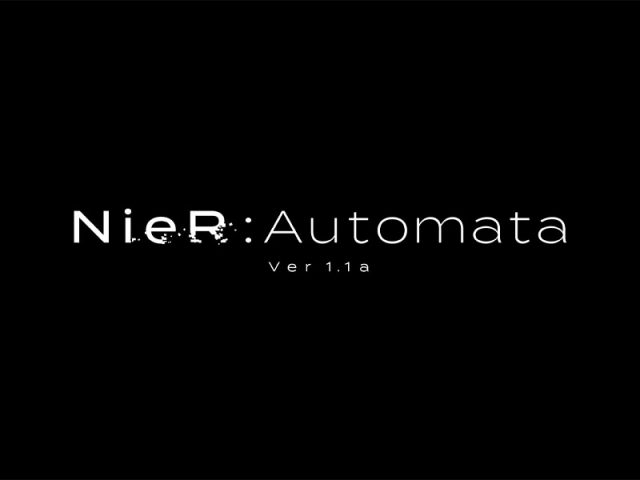
2024.08.16

2024.07.31
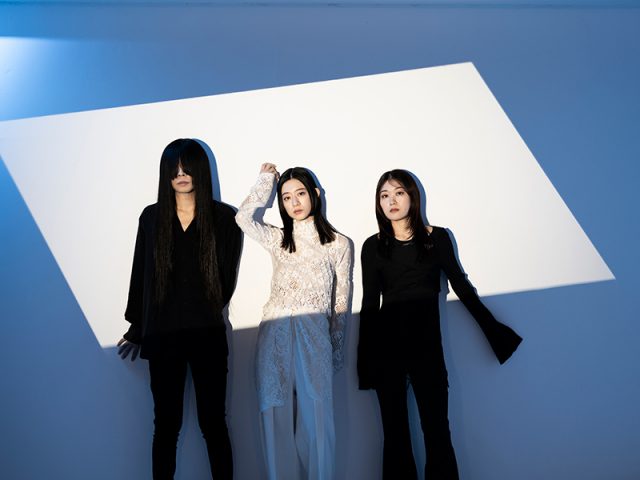
2024.03.05
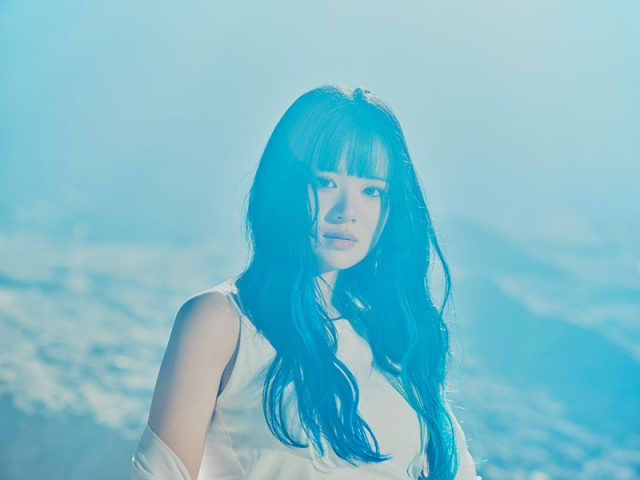
2024.02.16
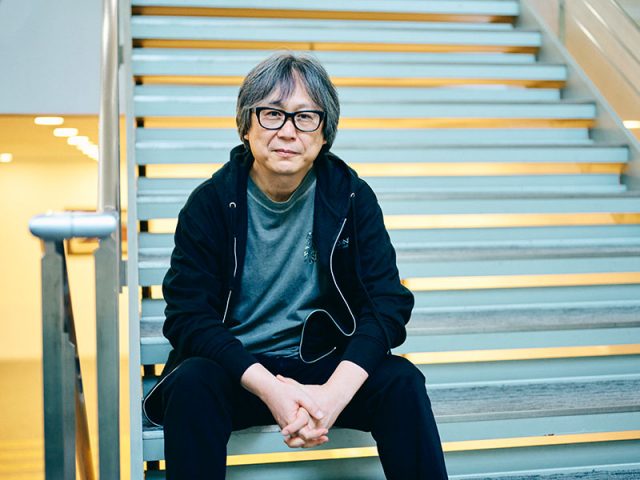
2023.11.15

2023.10.30
Follow the official Sony Music SNS
Get the latest news from Cocotame